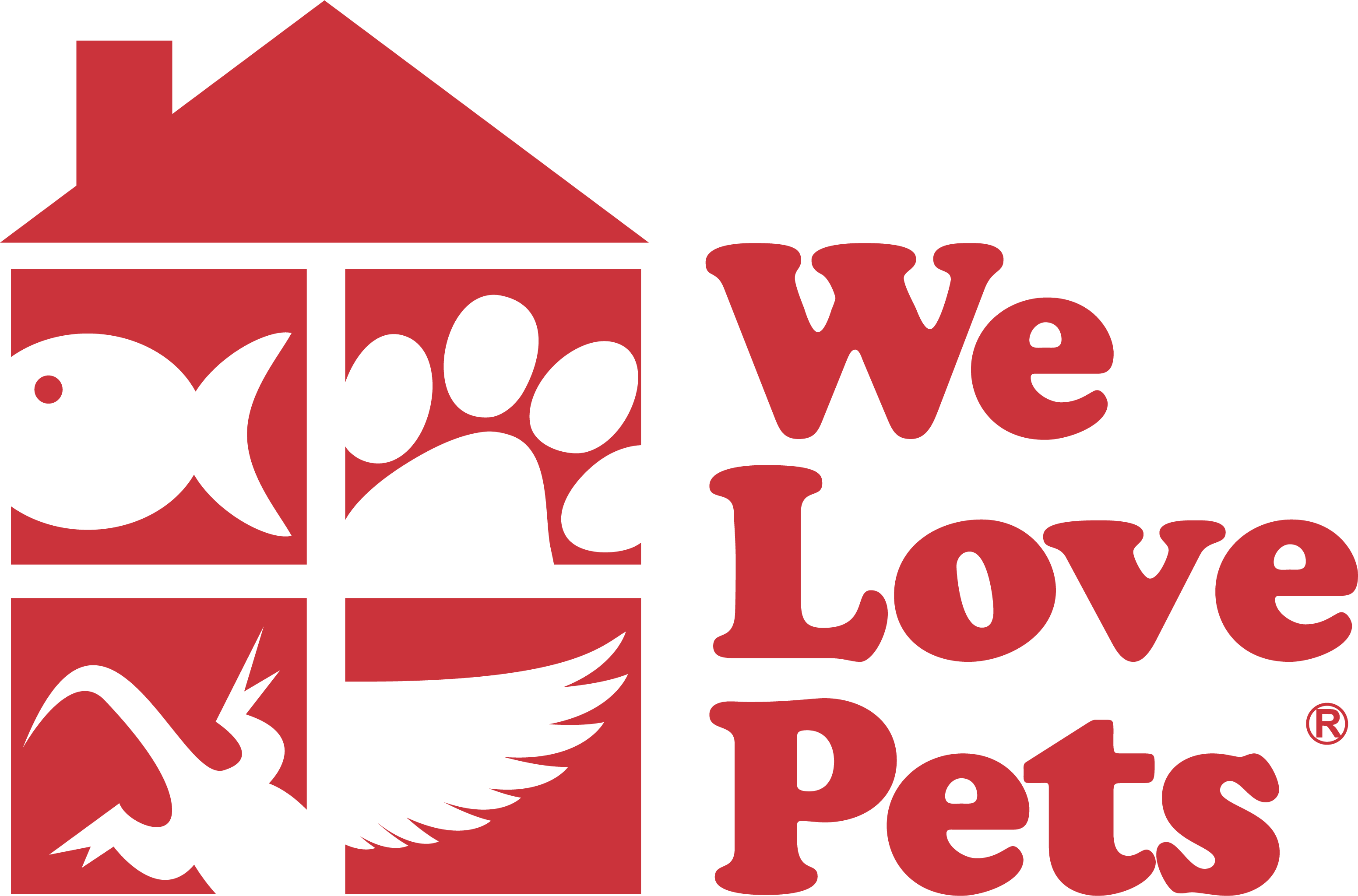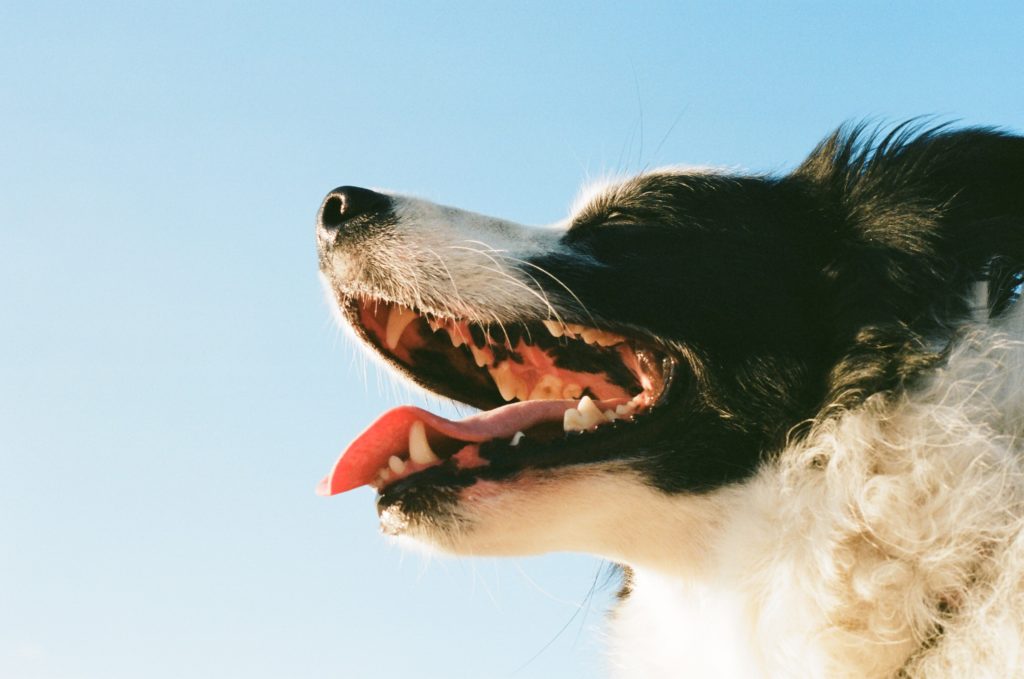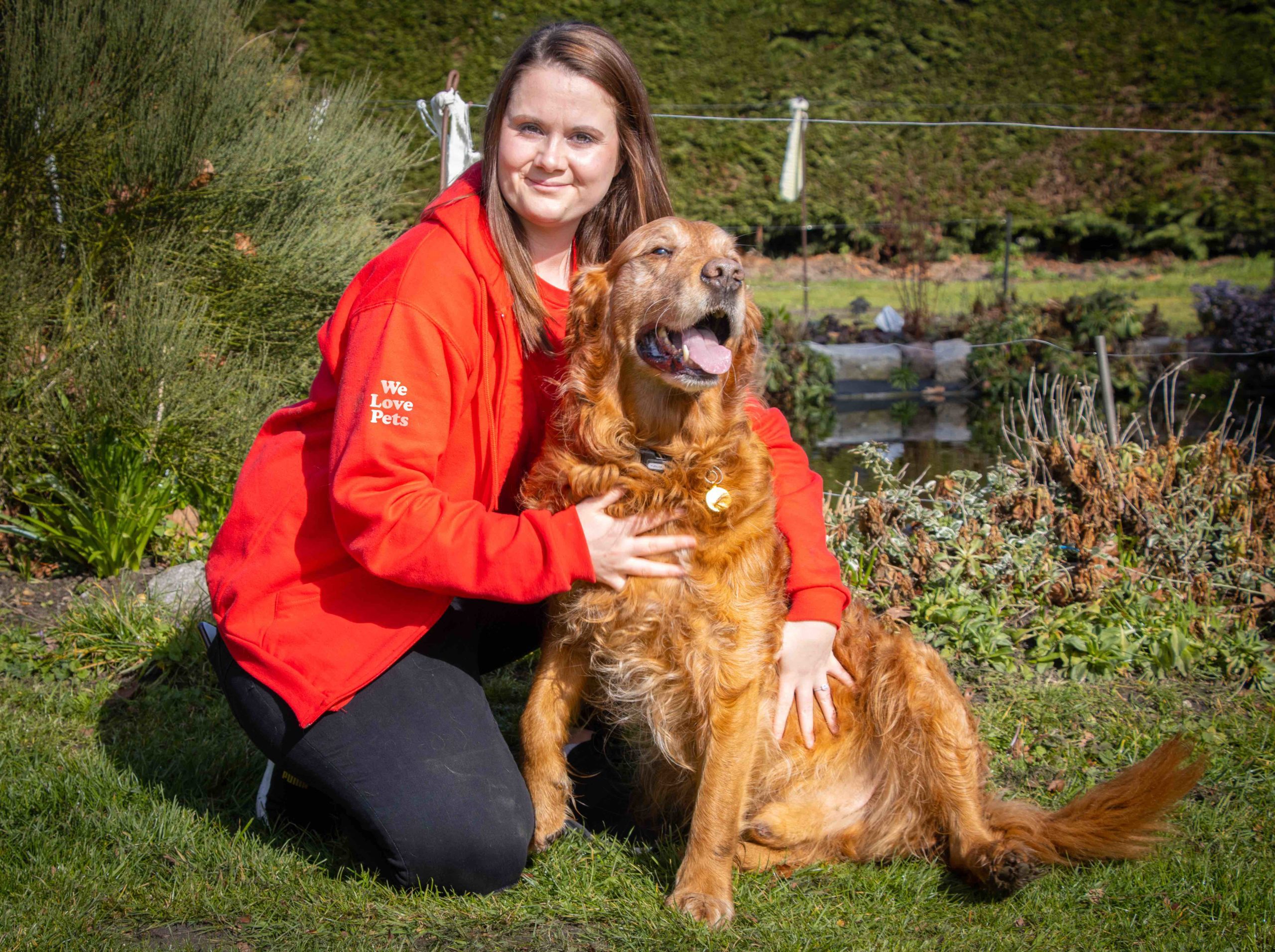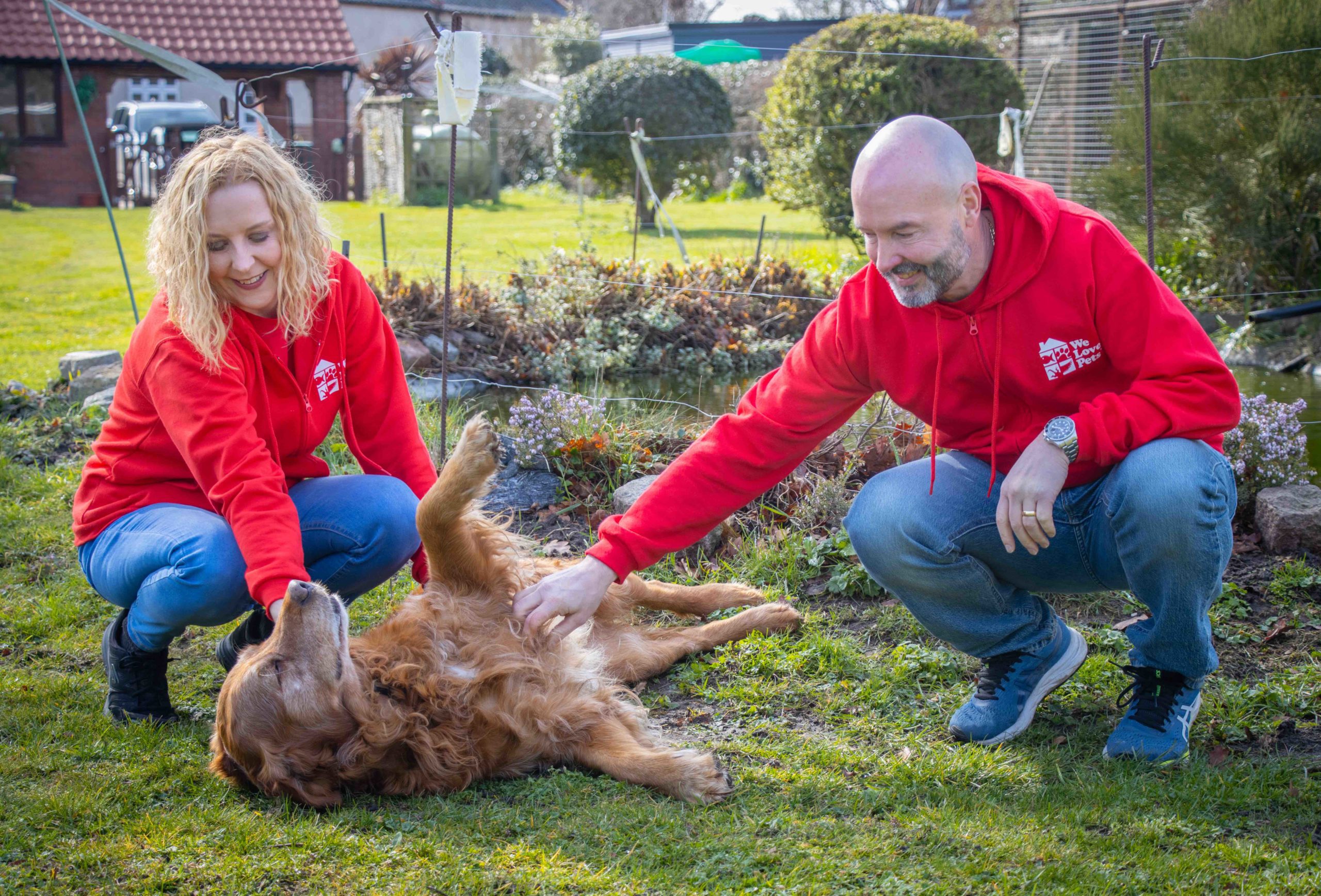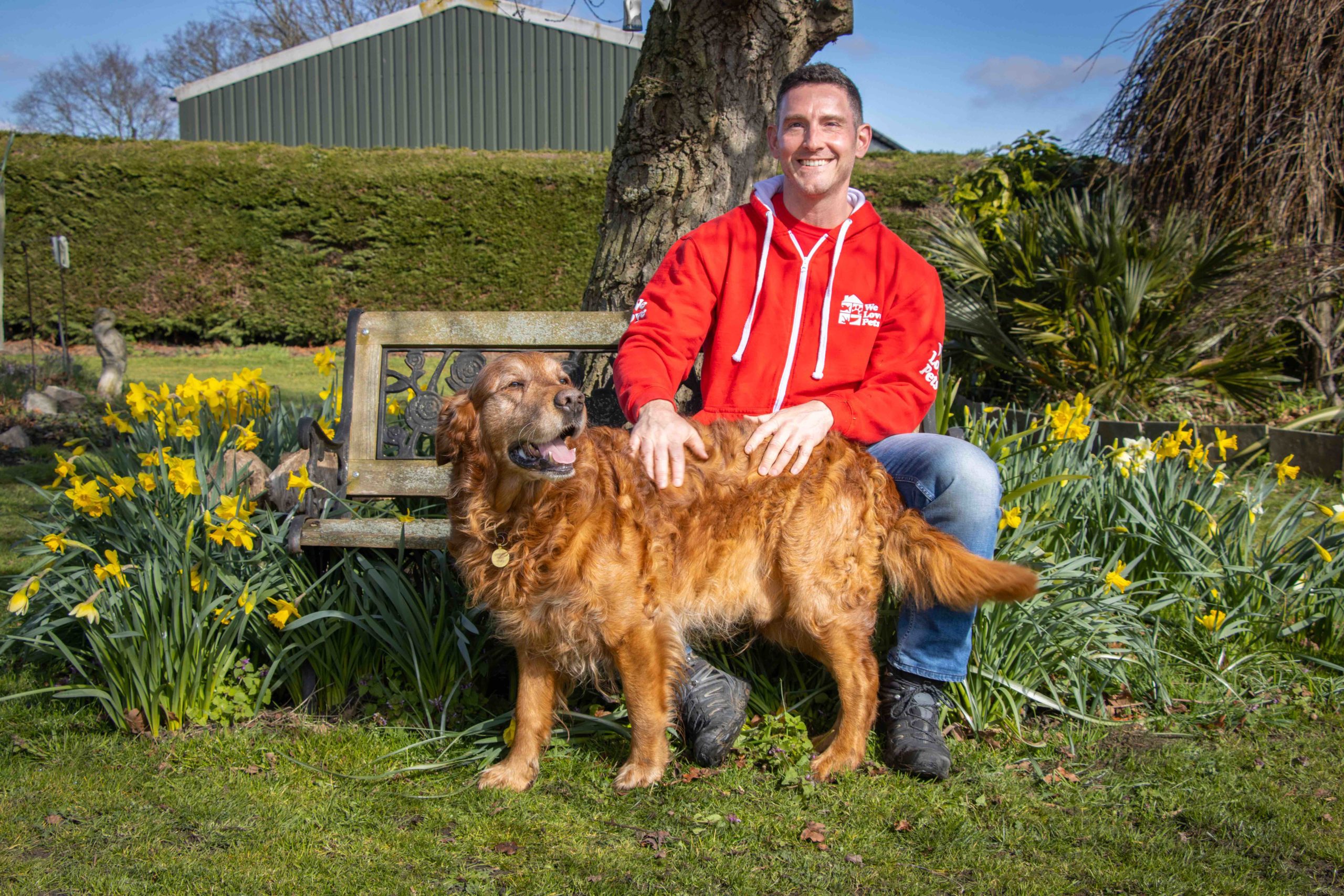Dogs explore the world through their mouth, making cleaning and grooming an essential part of keeping it healthy and clean.
Unfortunately, it also makes teeth incredibly likely to become damaged or infected. It’s crucial to introduce teeth cleaning as early as possible to your dog’s routine to get them used to the habit and make them more likely to maintain it.
Maintaining Healthy Teeth
Some important steps to keeping your dog’s mouth clean and healthy, like regular brushing, visiting the vet for check-ups and keeping an eye on what they eat, may seem obvious. Still, other factors can affect your dog’s teeth.
Consider the food they eat. Typically, dry foods have the added benefits of exercising the jaw and muscles, improving blood flow in the mouth. The dry food will also provide a mild cleaning effect on the teeth. When it comes to food, you should talk to your vet first to make sure you have the right food for them as individuals.
Brushing teeth at least once every two weeks will help maintain the primary care of your pet’s teeth- find a guide to cleaning them below.
Dental chews and treats are also good for day-to-day maintenance. Make sure to look into the ingredients of different treats, though, since consuming some things too regularly might cause a tummy upset.
Chew toys can have a similar effect to food on oral health. It uses the muscles and strengthens teeth. Encouraging them to use the toys is perhaps slightly easier than getting them used to a toothbrush, which will be helpful for regular maintenance.
As you would visit your dentist for your teeth, you should check in with your vet for your dog’s teeth. They can check your dog’s mouth for the beginnings of any potentially serious problems and clean your dog’s teeth more thoroughly.
Cleaning Teeth
General advice on cleaning your dog’s teeth is to make it a part of their regular routine for your pet so that they reap the benefits of teeth cleaning and get used to having their teeth cleaned regularly. Judge how your dog reacts to grooming; you might want to consider having a couple of days a month where you get everything done, from a brush to a bath to a tooth clean. If your dog isn’t likely to tolerate that amount of pampering at a time, consider spreading it out instead, so you don’t upset your pet.
You should also talk to your vet about teeth cleaning first to create the best dental regime for them. Brachycephalic dogs (dogs with shorter skull shapes) often have poorly aligned jaws and crowded or missing teeth. They are, as a result, much more likely to suffer from dental disease. Your vet will be able to give you the best advice on how to clean your individual dog’s teeth safely and effectively.
Start them on a routine as young as possible to get them used to the feeling of the toothbrush and the routine of brushing. Be careful with puppies and dogs like rescue dogs that might not like having things near their mouths since they might bite.
Buy a doggy toothpaste and toothbrush. Human toothpaste isn’t suitable for animals since they are much more likely to ingest the product than us, and human toothpaste shouldn’t be swallowed under any circumstance. Doggy toothpaste often tastes nice and meaty to encourage your pet to like the taste. Doggy toothbrushes come in sizes better shaped for a dog’s mouth, but a child toothbrush might work the same for bigger dogs. Some doggy toothpaste comes with toothbrushes for convenience too!
- Introduce the taste of toothpaste by smearing a little bit of it on your finger and presenting it to them to sniff and lick from your finger. Do this a couple of times, so they get used to the taste of the toothpaste.
- Get them used to contact with the inside of the mouth by smearing a little bit of toothpaste on your finger, present it to them and carefully and gently let it slide into their mouth over their teeth and gums, careful of their own movement. Only go as far as your pet is comfortable with. Getting used to your finger in their mouth first will help them understand the feeling of something in their mouths but still associate it with being part of you, not something they can chew on. Be careful and gentle, though!
- When you first introduce them to the toothbrush, start only on their canines. These teeth tend to be a little more convenient to clean, and they are near the opening of their mouths. Prepare the toothbrush, let them lick some of the toothpaste, and then gently move to brush the teeth. Gently use an up and down motion with the brush angled towards the gumline. Avoid the very front teeth as they’re quite sensitive. If they try and bite the toothbrush, gently hold the muzzle to keep them still.
- Then slowly bring the brush towards the back of the mouth, carefully under the lips. Brush these in circular motions and only as far back as your dog is happy with. Make sure to brush both sides of the mouth.
Be careful and gentle with them, and always stop if something about brushing seems to bother them at any point.
